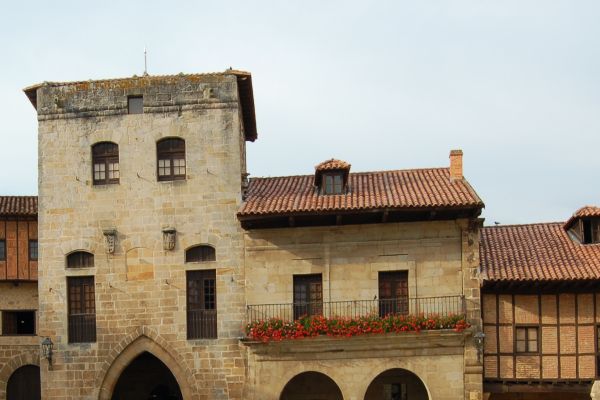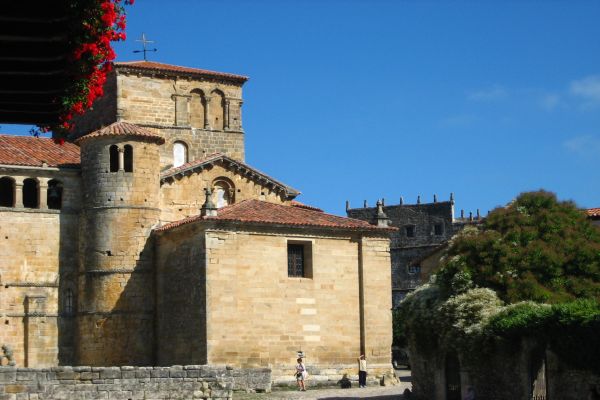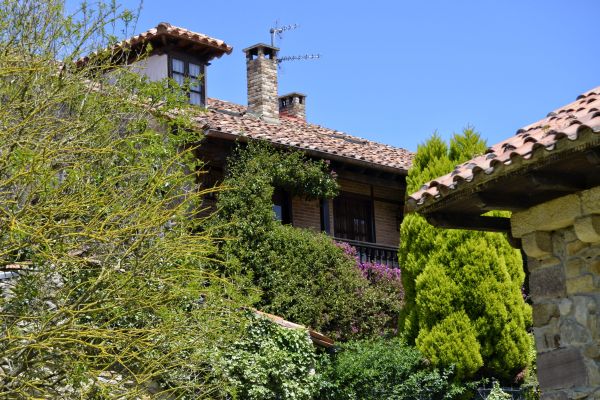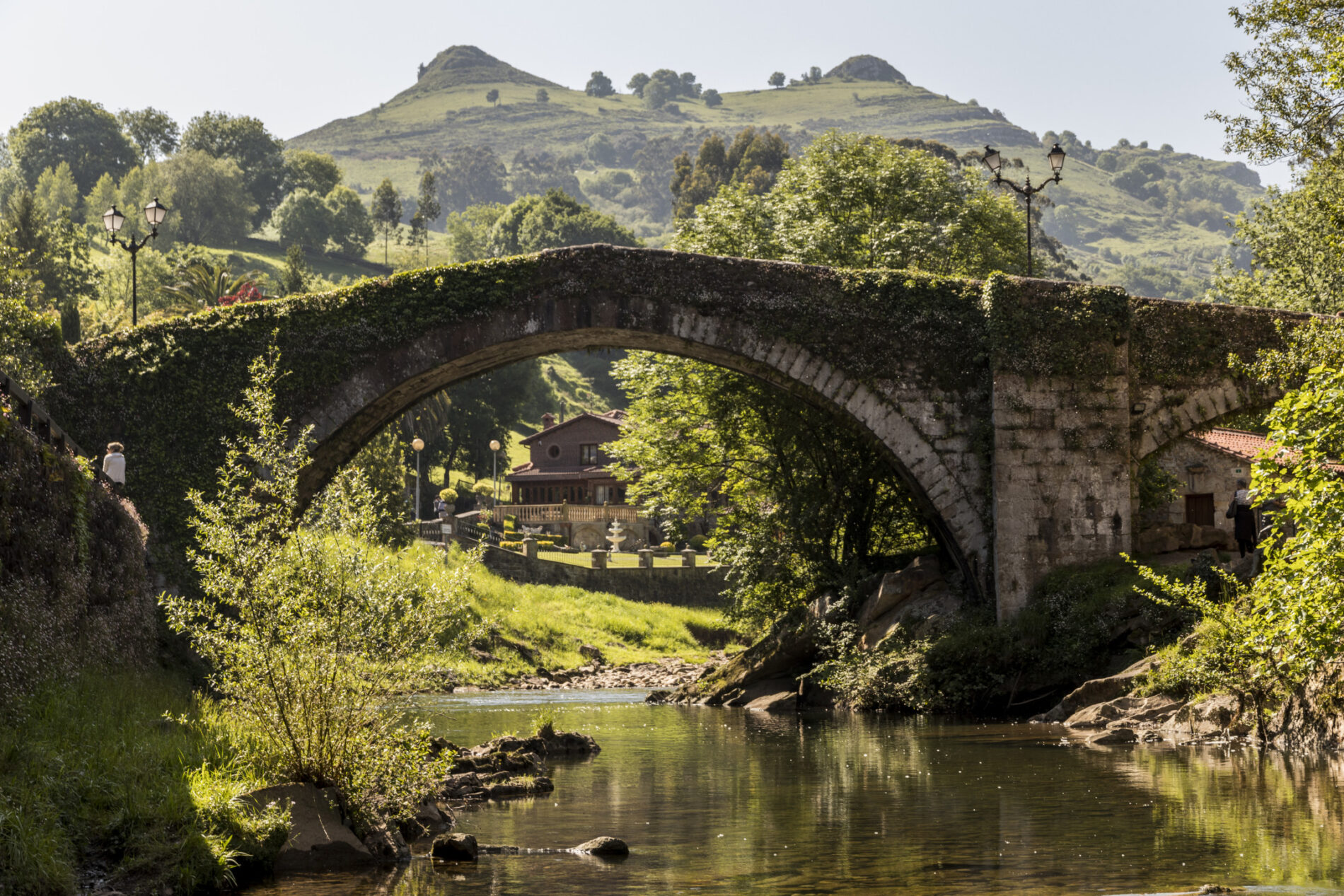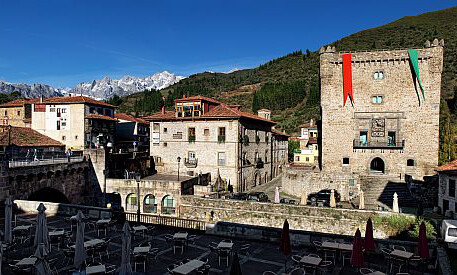Santillana del Mar
Descripción
A must-see for tourists visiting Cantabria. Santillana del Mar is undoubtedly one of the towns with the greatest historical and artistic value in Spain, to the point that everything in it is a monument.
Known as «the town of the three lies«, because it is neither «holy» (santa), nor «flat» (llana), nor does it have «sea» (mar), Santillana del Mar is the capital of a municipality with 4,000 inhabitants, mostly dedicated to agricultural activity and, above all, tourism.
To speak of Santillana del Mar is also to speak of the Altamira Cave. Described as the «Sistine Chapel» of cave art, this cave probably contains the most famous prehistoric paintings in the world. The discovery of the Altamira Cave at the end of the 19th century caused a profound controversy and subsequent shock among the scientific community of the time, initially reluctant to admit the true age of its paintings (14,000 years). The cave was discovered by chance in 1868 by Modesto Cubillas, through whom its first great promoter, Marcelino Sanz de Sautuola, became aware of it. The most famous part of the cave, known as the «Hall of Polychromes,» was not discovered until 1879, during a visit in which Sanz de Sautuola was accompanied by his daughter María.
During the century following its discovery, the massive influx of visitors to the cave began to worry scientists about possible damage to the paintings. This led to the closure of the Altamira Cave in 1979, first completely and then controlled, in order to preserve its valuable contents. Due to the fragility of the cave art of Altamira, a replica of the cave was created for the enjoyment of visitors in 2001. In this year, the current headquarters of the museum was also inaugurated, which houses the Neocueva (Neo-cave), a reproduction that allows the dissemination of the art of Altamira to all audiences.
But although a fundamental part, Santillana del Mar is much more than the Altamira Cave. Already in the 9th century, the Monastery of Santa Juliana existed in the town, which would give way to the prestigious Collegiate Church of Santa Juliana in the 12th century, the first and most important example of Romanesque art in Cantabria. Around the collegiate church and its beautiful cloister, from the late 12th to the early 13th century, a population center developed that experienced periods of great economic splendor, as evidenced by the wealth of the numerous ancestral homes and palaces that make up this town.
The towers of Merino and Don Borja (now the headquarters of the Santillana Foundation) are among the oldest civil constructions in a cobbled town that must be explored on foot to fully admire the beauty of its streets and medieval buildings. We will thus find ourselves in front of splendid buildings such as the houses of Águila y la Parra (where the Regional Government has installed an exhibition hall), the palace and tower of Velarde, the house of Leonor de la Vega, the palaces of Barreda, Tagle, and Villa, and a very long list that would be too extensive to enumerate.
Santillana del Mar is home to intense cultural activity, which takes place throughout the year in its various exhibition halls and museums.
In its cobbled medieval streets, we can also find numerous artisan workshops and taste delicious milk with biscuits, the most popular afternoon snack in the town.
Nature has also been generous with this municipality, which enjoys a magnificent coastline that invites fishing and the tranquil beaches of Santa Justa and Ubiarco. In the vicinity of the capital, we also find a charming zoo that delights both adults and children.
Santillana del Mar is, in short, due to its history and natural wealth, one of the most attractive spots in Cantabria and one of its main tourist attractions.




